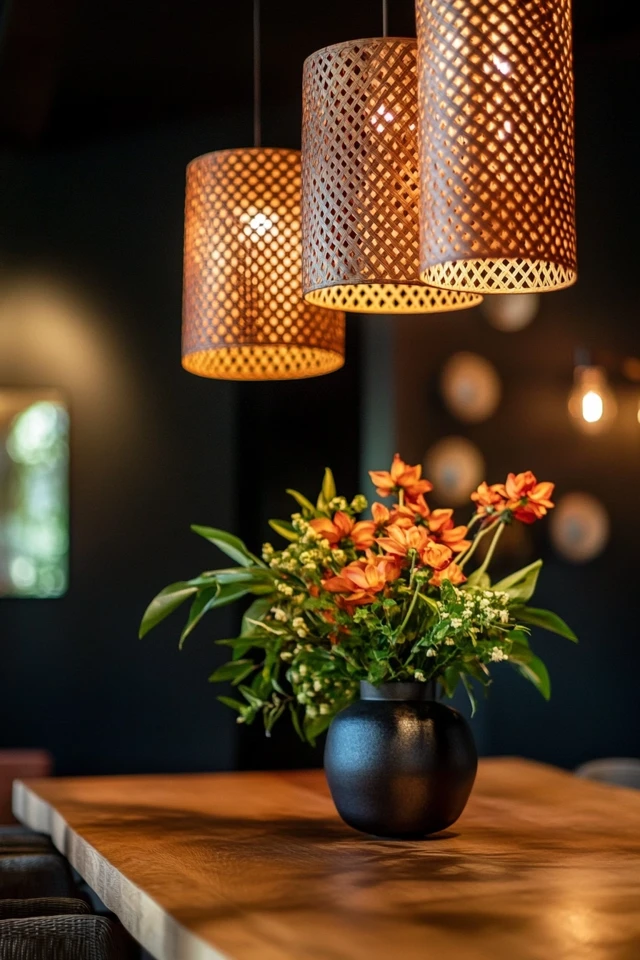Lighting is one of the most transformative tools in interior design. It sets the mood, highlights your room’s best features, and ties all the design elements together. Whether you’re aiming for a cozy retreat, a vibrant workspace, or a party-ready hangout, the right lighting can make all the difference.
I learned this firsthand when I revamped my own living room. Initially, I had a single overhead light that left the space feeling flat and uninspired. Once I added a combination of layered lighting—soft table lamps, warm string lights, and adjustable overheads—the entire vibe of the room shifted. It became a space that was equally functional and inviting, perfect for any occasion.
In this guide, I’ll show you how to use lighting strategically to enhance the vibe of your room, creating a space that’s both beautiful and functional.
1. Understand the Basics of Lighting Layers
Why It Works
Layered lighting ensures your room has depth, dimension, and versatility.
How to Do It
- Ambient Lighting: This is your room’s primary light source, usually from overhead fixtures like chandeliers or recessed lighting.
- Task Lighting: Focused lighting for specific activities, such as reading, cooking, or working.
- Accent Lighting: Decorative lighting used to highlight features like artwork, shelves, or architectural elements.
Example:
In a living room, combine a dimmable overhead light (ambient), a floor lamp by the sofa (task), and wall sconces to highlight a gallery wall (accent).
2. Choose the Right Color Temperature
Why It Works
The color of your lighting—measured in Kelvin—affects the mood of your space.
How to Do It
- For a cozy, relaxing vibe, use warm white bulbs (2700K–3000K).
- For a bright and energizing space, opt for cool white bulbs (4000K–5000K).
- Use daylight bulbs (5000K–6500K) in workspaces for natural brightness.
Styling Tip:
Switch to warm white bulbs in your bedroom for a calming ambiance, perfect for winding down at night.
Picture Gallery
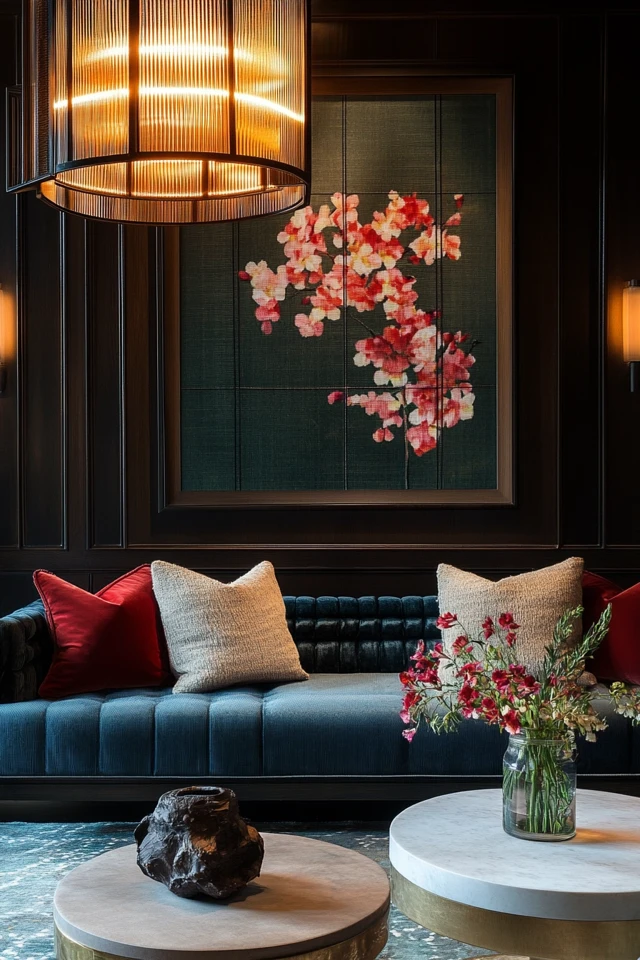
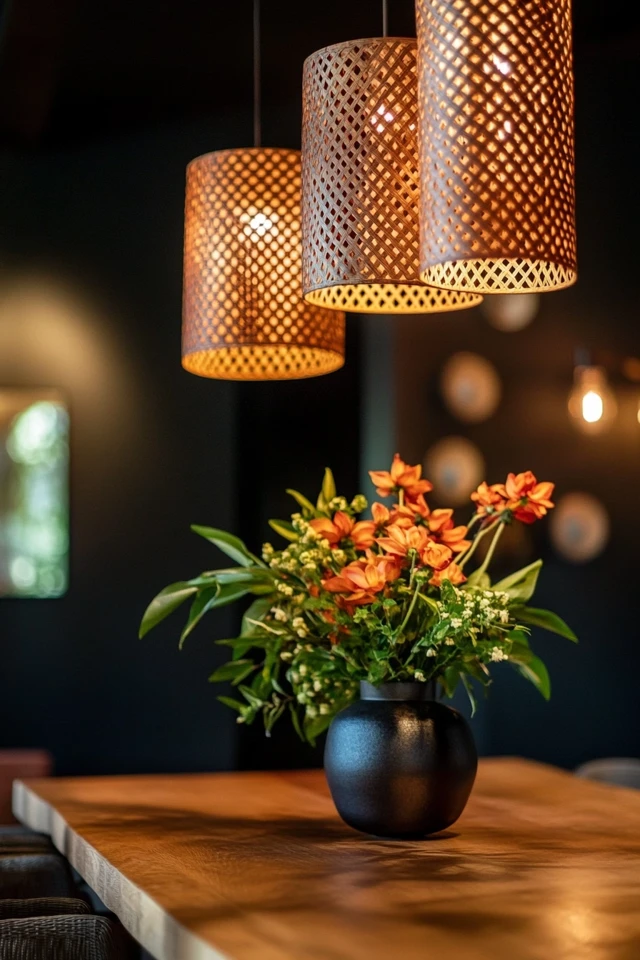
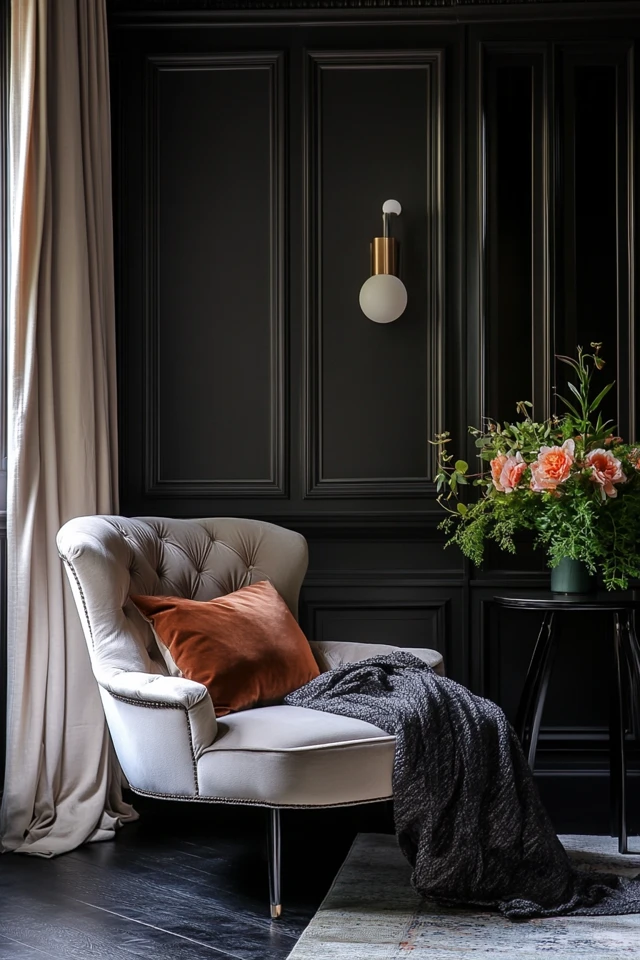
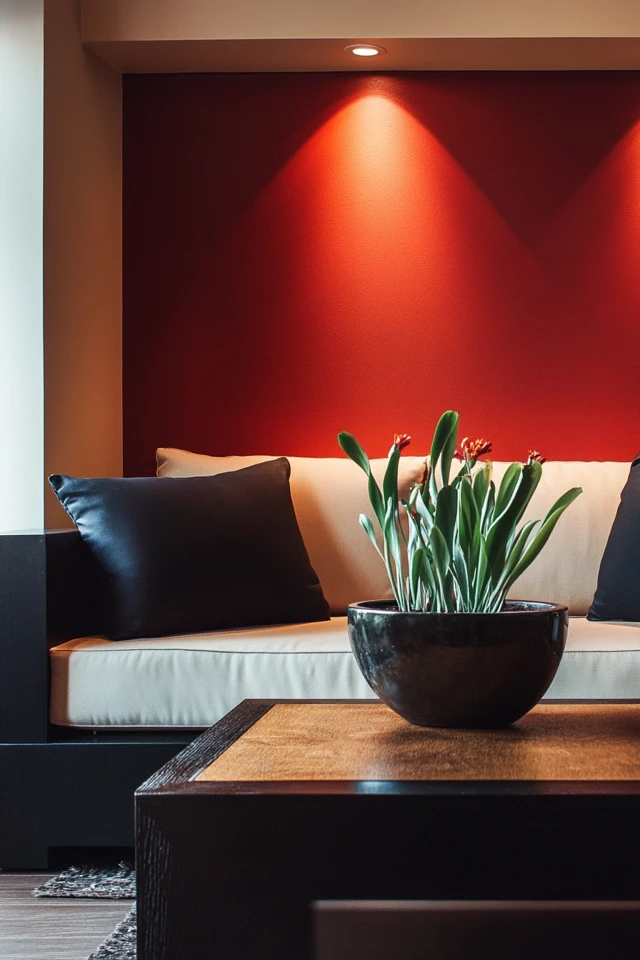
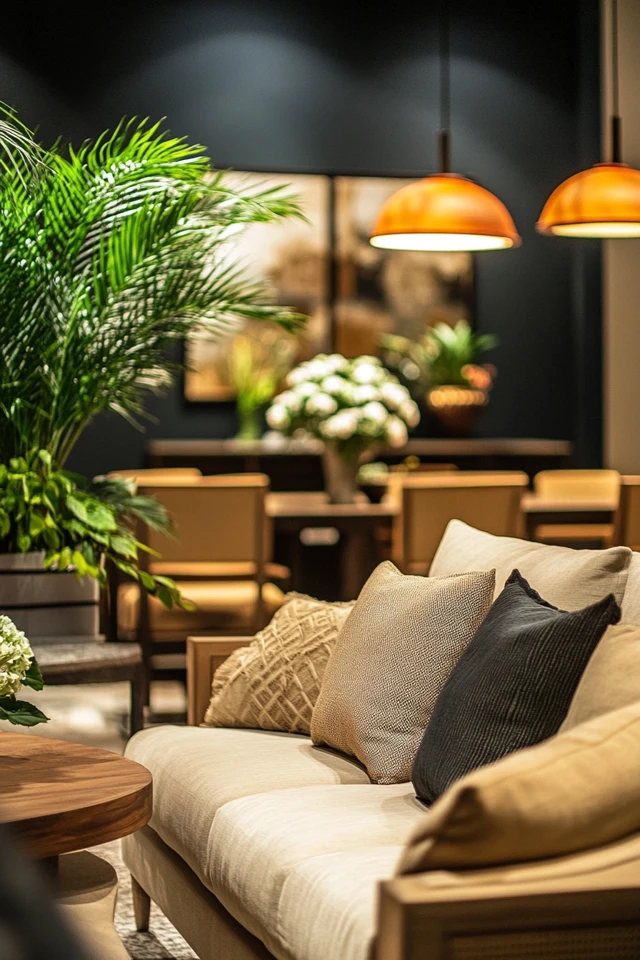
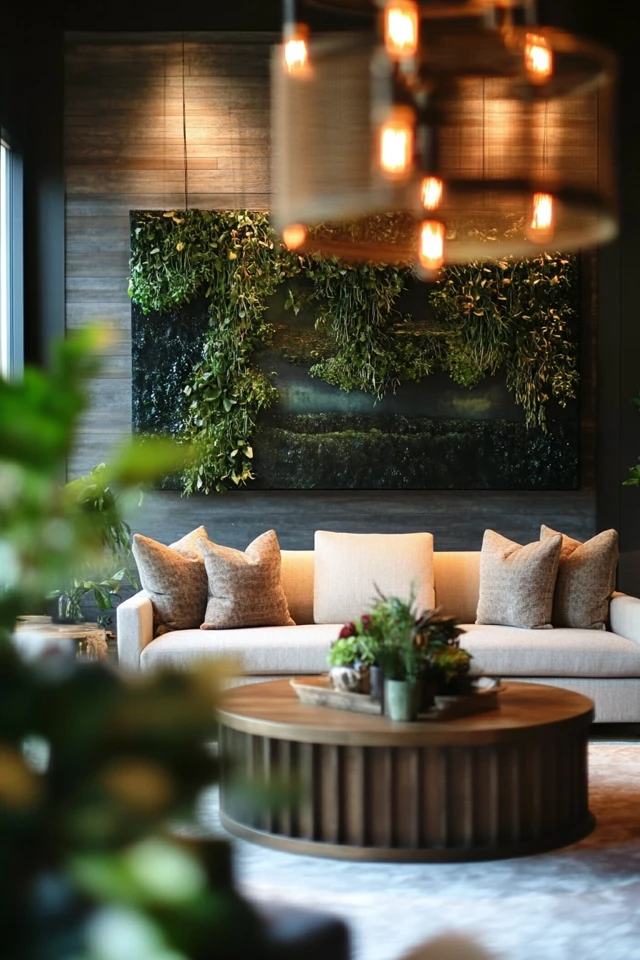
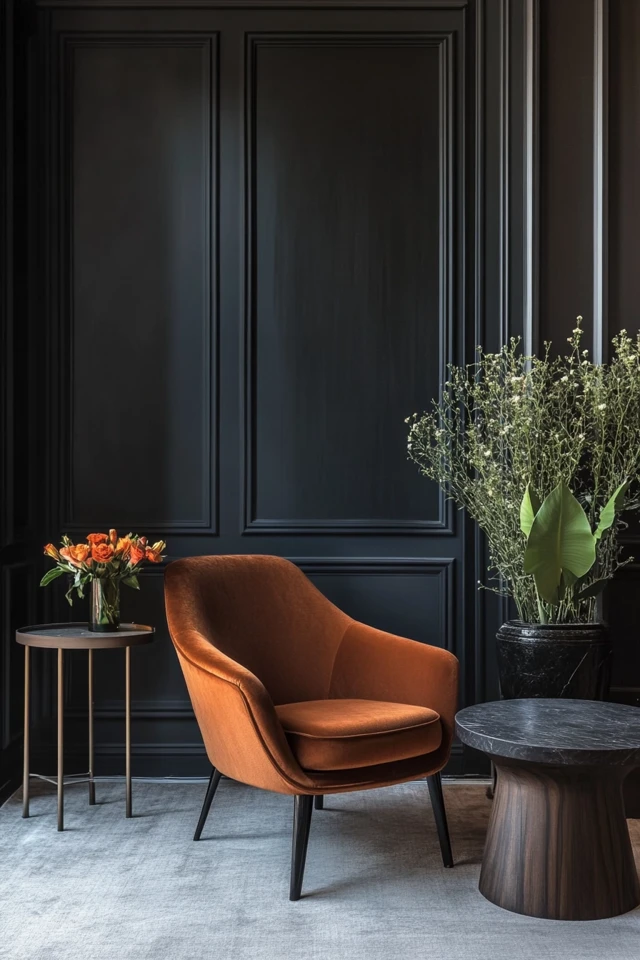
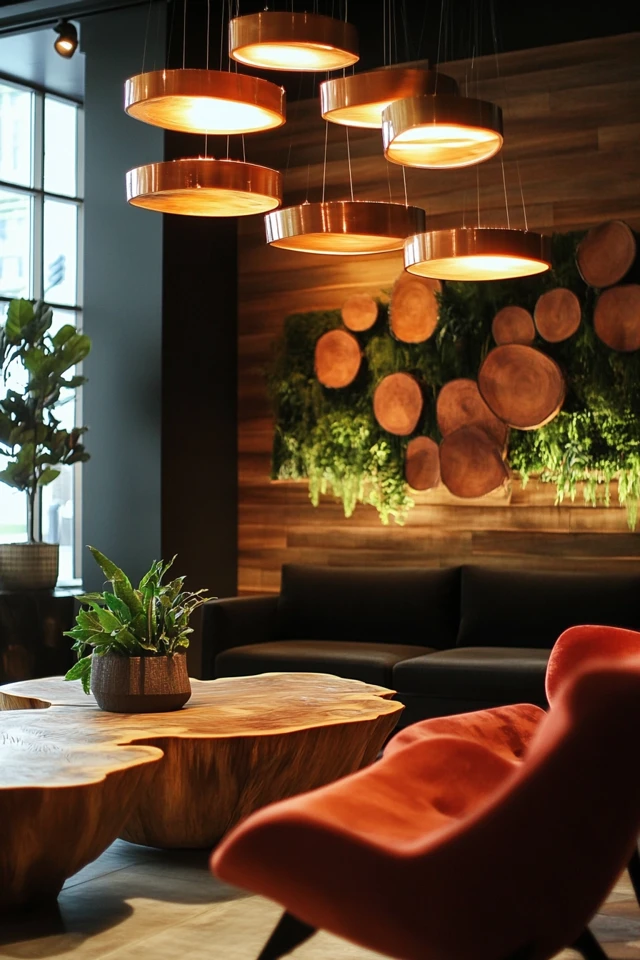
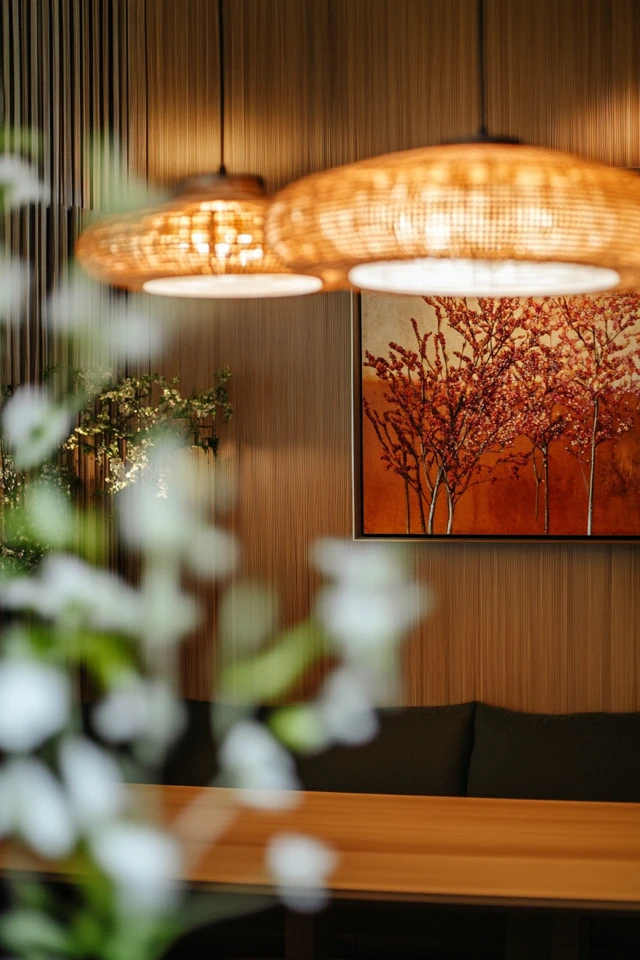
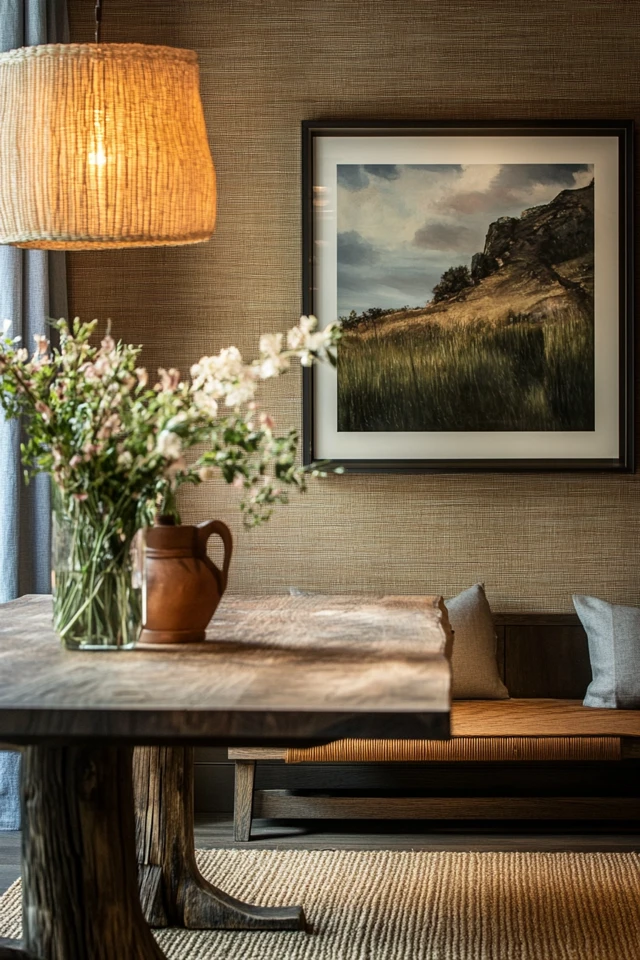
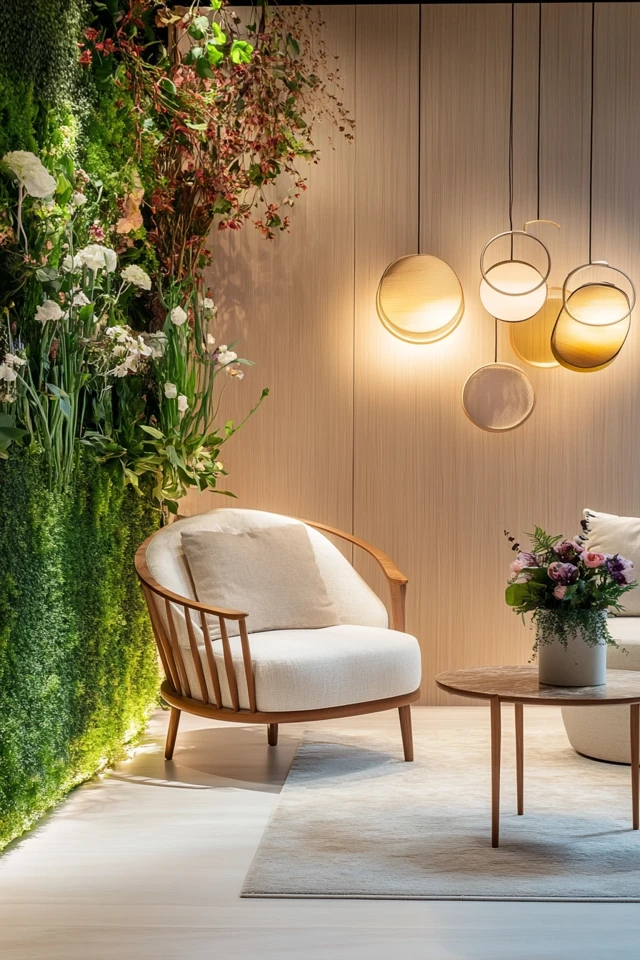
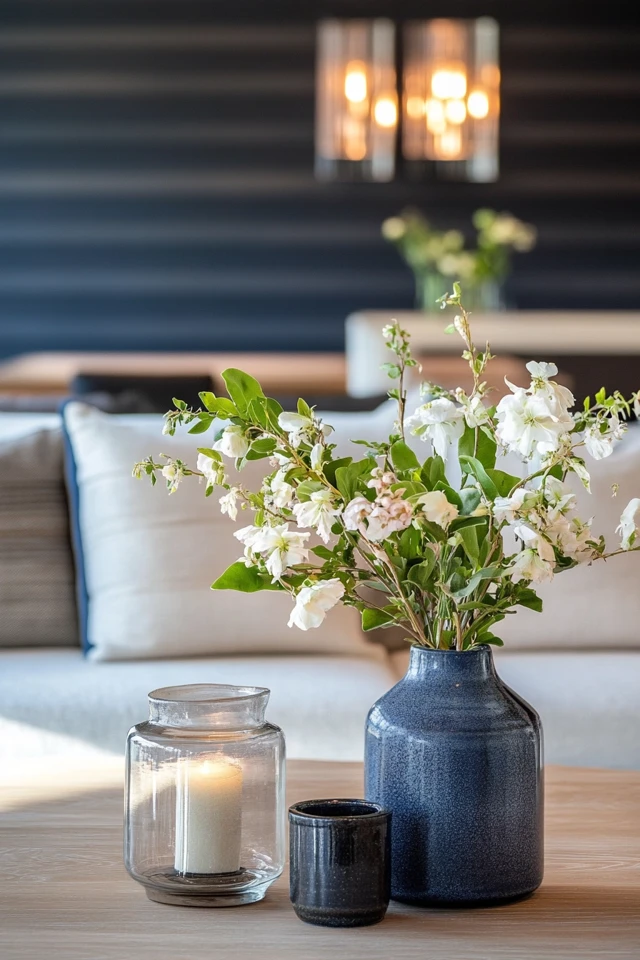
3. Make Use of Dimmers
Why It Works
Dimmers give you control over brightness, allowing you to adjust the mood to suit different activities.
How to Do It
- Install dimmer switches for overhead lights to easily transition from bright to soft lighting.
- Use dimmable table or floor lamps for added flexibility.
- Pair dimmers with warm bulbs for an even cozier effect.
Example:
In a dining room, use a dimmer to set a soft, intimate glow during dinner parties or a brighter light for family game nights.
4. Highlight Architectural Features
Why It Works
Accent lighting draws attention to unique details in your room, adding character and depth.
How to Do It
- Use LED strips to highlight recessed ceilings, alcoves, or staircases.
- Install uplights to accentuate tall features like bookcases or plants.
- Add wall-mounted lights to emphasize textures like exposed brick or wood paneling.
Styling Tip:
Place LED strips under floating shelves for a modern, ambient glow that doubles as accent lighting.
5. Add Statement Light Fixtures
Why It Works
A bold light fixture can act as a design centerpiece, instantly elevating the style of your room.
How to Do It
- Choose chandeliers or pendant lights with unique designs for living rooms or dining areas.
- Use sculptural table or floor lamps as functional art pieces.
- Consider vintage or industrial fixtures for a timeless touch.
Example:
A geometric pendant light above a dining table creates a stunning focal point while providing functional lighting.
6. Incorporate Natural Light
Why It Works
Maximizing natural light makes your room feel airy, bright, and more connected to the outdoors.
How to Do It
- Use sheer curtains or blinds to let sunlight filter in while maintaining privacy.
- Place mirrors strategically to reflect and amplify natural light.
- Position seating or workspaces near windows to take full advantage of daylight.
Styling Tip:
A floor-length mirror across from a window enhances the natural light and makes the room feel larger.
7. Use Decorative Lighting
Why It Works
Decorative lights, like string lights or lanterns, add charm and a personal touch to your space.
How to Do It
- Drape string lights around a headboard, bookshelf, or window for a cozy glow.
- Use lanterns or fairy lights in jars as tabletop decor.
- Choose decorative light bulbs with vintage filaments for a chic, industrial vibe.
Example:
A canopy of fairy lights over your bed creates a dreamy, inviting atmosphere in your bedroom.
8. Match Lighting to Your Room’s Function
Why It Works
Each room in your home serves a different purpose, and the lighting should reflect that.
How to Do It
- Living Room: Use a mix of ambient and accent lighting for a warm, inviting feel.
- Bedroom: Prioritize soft, dimmable lights to promote relaxation.
- Kitchen: Focus on bright task lighting for cooking and food prep areas.
- Home Office: Use daylight or cool white lighting to enhance focus and productivity.
Styling Tip:
In the kitchen, install LED strips under cabinets for task lighting that’s both functional and sleek.
9. Experiment with Smart Lighting
Why It Works
Smart lighting systems allow you to customize brightness, color, and schedules with ease.
How to Do It
- Use smart bulbs that can change colors or dim remotely via an app or voice commands.
- Program lights to turn on or off at specific times for convenience and energy savings.
- Create lighting “scenes” for different moods, like movie night or morning wake-up.
Example:
A smart lighting system that shifts from cool white in the morning to warm amber in the evening creates a natural daily rhythm.
10. Balance Functionality and Aesthetics
Why It Works
Lighting should enhance your room’s beauty while meeting your practical needs.
How to Do It
- Pair functional lights, like task lamps, with decorative fixtures that add style.
- Balance lighting sources across the room to avoid dark corners.
- Use lighting to highlight focal points, such as artwork or furniture, without overpowering the design.
Styling Tip:
A modern tripod floor lamp in the corner of a living room adds height and style while filling the space with warm light.
How to Maintain the Perfect Lighting
- Regularly Clean Fixtures: Dust bulbs, lampshades, and fixtures to ensure optimal brightness.
- Replace Bulbs Promptly: Swap out burnt-out bulbs to maintain consistent lighting.
- Adjust with the Seasons: Shift from brighter to warmer lighting as the days get shorter.
- Test New Arrangements: Move lamps or adjust bulb types to find the best lighting for your evolving needs.
- Monitor Energy Use: Use energy-efficient LEDs to save on electricity bills while keeping your space well-lit.
Conclusion
Lighting is more than just a functional necessity—it’s a key design element that shapes the mood and feel of your space. By layering different types of lighting, choosing the right fixtures, and experimenting with brightness and placement, you can create a room that feels perfectly tailored to your needs and style.
When I transformed the lighting in my home, the difference was immediate. My living room became cozier, my office more productive, and my bedroom more serene. Lighting truly changed the way I interacted with my space.
Now it’s your turn! Try these tips to enhance your room’s vibe with lighting and watch as your space transforms before your eyes.
FAQ
What’s the best type of lighting for a cozy vibe?
Warm, dimmable lights are ideal for creating a cozy atmosphere. Add layered lighting with lamps, string lights, and candles for depth.
How can I maximize natural light in my room?
Use sheer curtains, position mirrors to reflect light, and keep windows unobstructed to make the most of natural sunlight.
What’s the difference between warm white and cool white lighting?
Warm white (2700K–3000K) creates a cozy, relaxing ambiance, while cool white (4000K–5000K) is bright and energizing, perfect for workspaces.
Are dimmers worth the investment?
Yes! Dimmers give you control over brightness, making your lighting more versatile for different activities and moods.
Can smart lighting work in any room?
Absolutely. Smart bulbs and systems are adaptable to all spaces, letting you customize color, brightness, and schedules to suit your needs.

